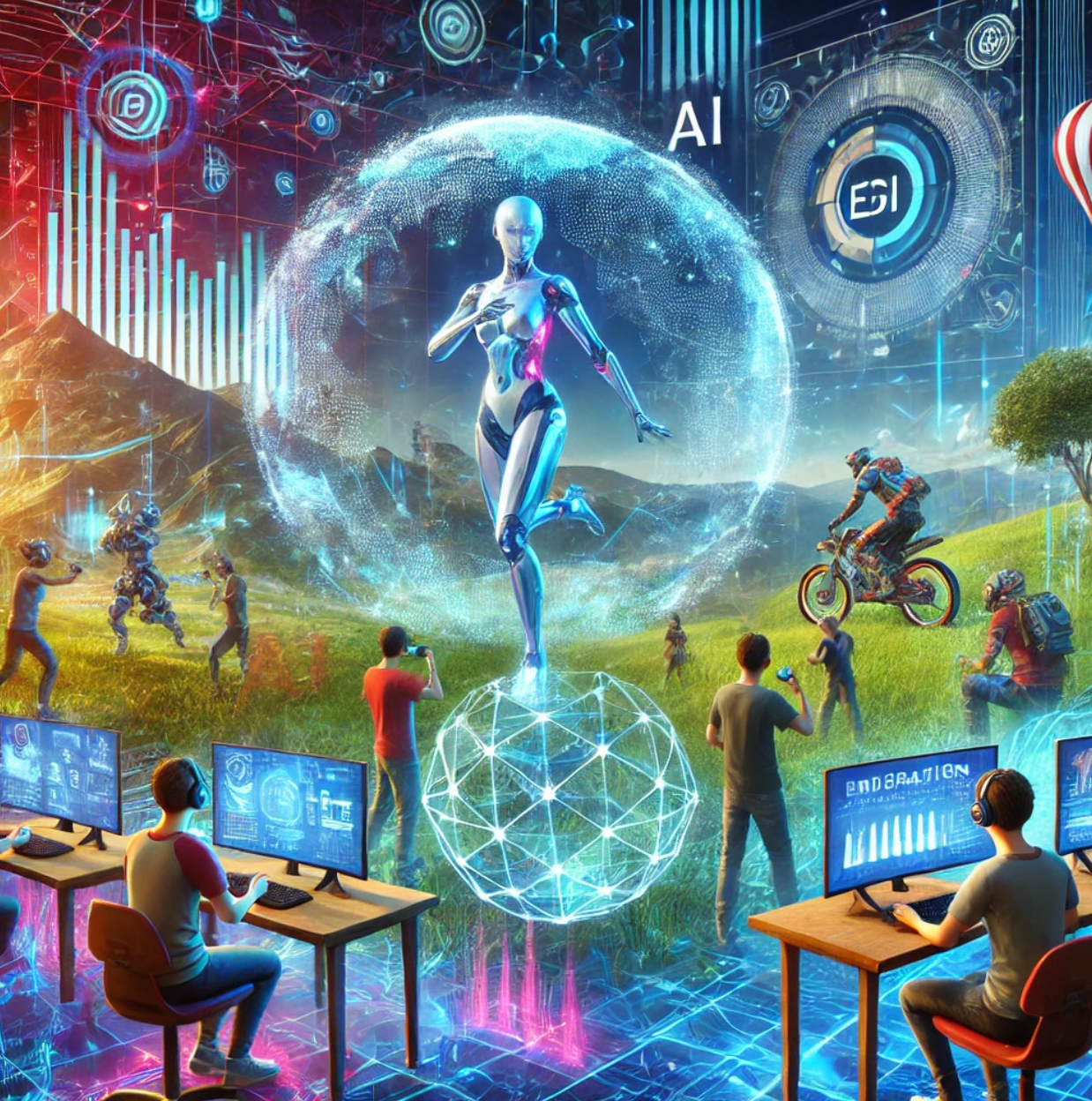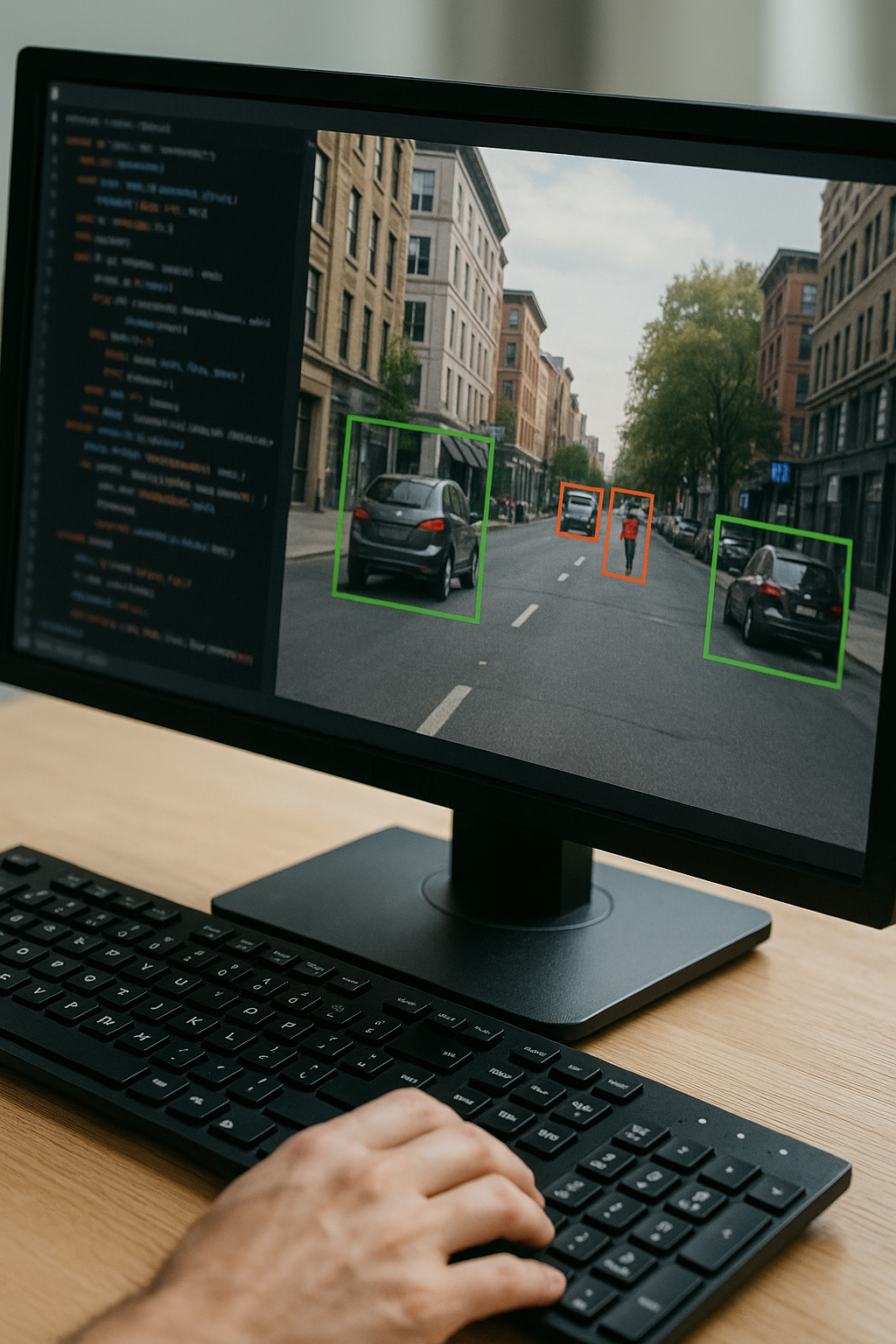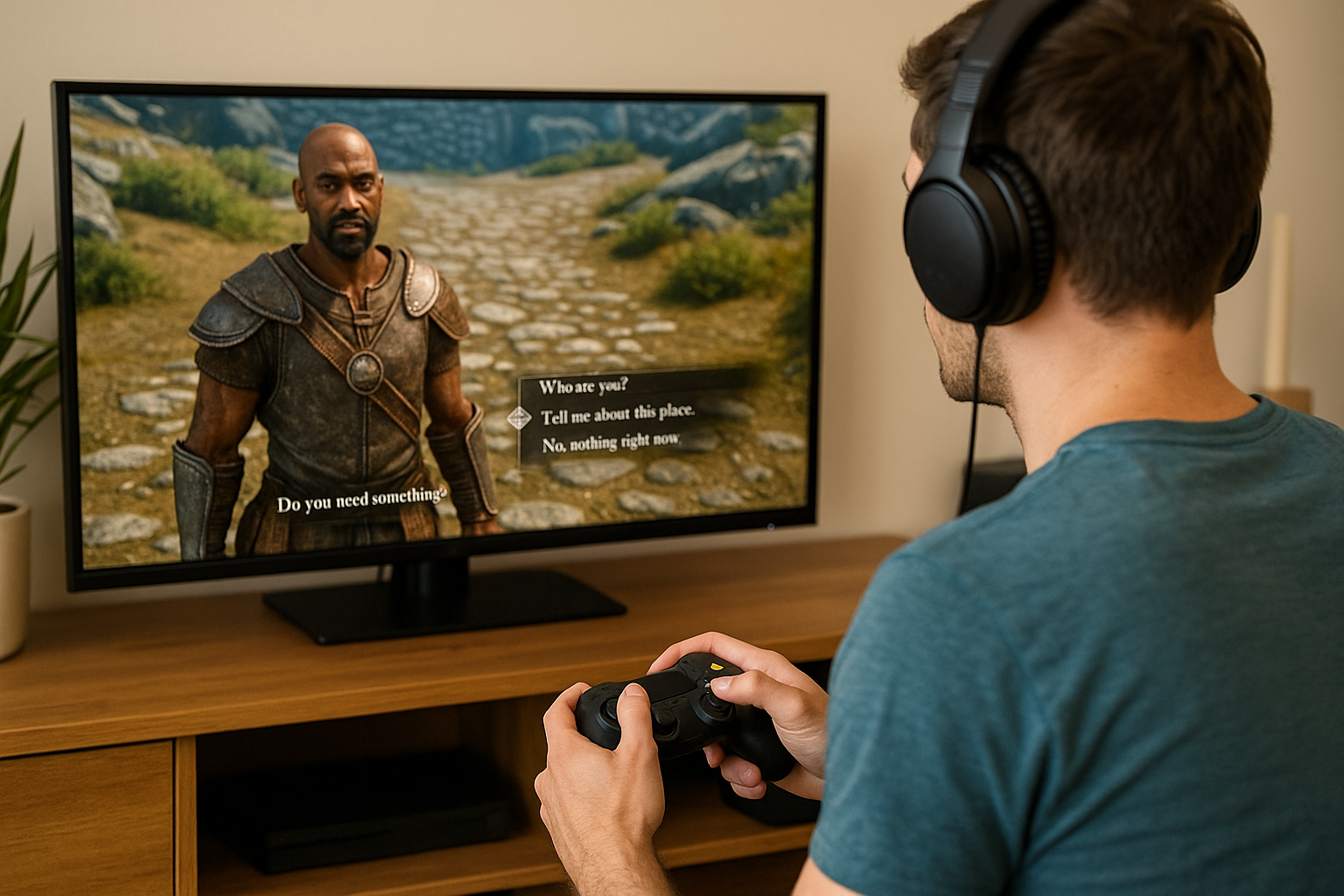AI in Entertainment and Gaming
Crafting Immersive Experiences
Artificial Intelligence (AI) has revolutionized the gaming industry, transcending traditional boundaries and elevating player experiences. From lifelike character animations to dynamic environments, AI plays a pivotal role in shaping modern games. In this blog post, we explore how AI impacts entertainment and gaming, delving into its applications, innovations, and future trends.
Applications of AI in Gaming
Non-Player Character (NPC) Behavior:
NPCs are essential for creating immersive game worlds. AI algorithms analyze player interactions, historical data, and game context to determine NPC behavior. Reinforcement learning models, such as deep Q-networks (DQNs), enable NPCs to adapt dynamically based on player actions. For example, in an open-world RPG, NPCs might decide to trade, fight, or flee based on their personalities and the player’s choices.
Graphics Enhancement:
AI-driven graphics enhancement techniques elevate visual fidelity. Real-time ray tracing, a form of AI-assisted rendering, simulates realistic lighting, reflections, and shadows. GANs generate high-resolution textures, while DLSS optimizes performance without sacrificing quality. These innovations collectively enhance the player’s visual experience.
Adaptive Difficulty Levels:
AI adjusts game difficulty dynamically. By analyzing player performance, it fine-tunes challenges. For instance, if a player repeatedly fails a level, the AI might reduce enemy aggression or provide additional hints. Conversely, skilled players face tougher opponents, maintaining engagement.
Voice Recognition and Natural Language Processing:
AI-powered voice recognition enables voice commands within games. Whether it’s issuing orders to squadmates or casting spells, this technology enhances immersion. Additionally, natural language processing (NLP) allows NPCs to understand and respond contextually to player dialogues.
Game Design Assistance:
AI assists game designers by suggesting improvements. It identifies gameplay patterns, balance issues, and potential exploits. For instance, AI can recommend adjustments to weapon stats, level layouts, or quest structures.
Innovations in Graphics Realism
Real-Time Ray Tracing:
AI algorithms simulate light rays, accurately modeling reflections, refractions, and global illumination. This technique significantly enhances visual realism, especially in games with intricate environments and reflective surfaces.
Generative Adversarial Networks (GANs):
GANs generate content by pitting two neural networks against each other. In gaming, they create detailed textures, landscapes, and even character designs. For example, GANs can generate realistic faces for NPCs or unique terrain features.
Deep Learning Super Sampling (DLSS):
DLSS leverages deep neural networks to upscale lower-resolution images. By predicting missing details, it improves image quality while maintaining performance. Gamers benefit from sharper visuals without sacrificing frame rates.

The Future of AI in Gaming
Personalized Experiences:
AI will continue to tailor games to individual players. From adjusting difficulty levels to customizing storylines based on player preferences, personalization enhances engagement.
Emotionally Intelligent NPCs:
Future NPCs will exhibit emotional awareness. They’ll recognize player emotions (e.g., frustration, excitement) and respond accordingly. Imagine NPCs comforting a grieving character or celebrating a victory alongside the player.
AI-Generated Storylines:
Dynamic narratives influenced by player choices will become more prevalent. AI algorithms will adapt plotlines, character arcs, and quest outcomes based on individual decisions.
Conclusion: Join Our Gaming Newsletter!
Stay informed about AI innovations in gaming! Sign up for our newsletter to explore the latest trends, behind-the-scenes insights, and exclusive content. Be part of the gaming revolution!
Sign Up For Our Weekly Newsletter and Get Your FREE Ebook " AI For Everyone - Learn the Basics and Embrace the Future"











